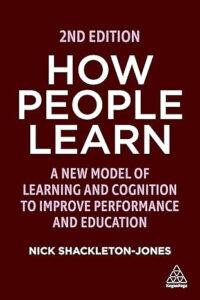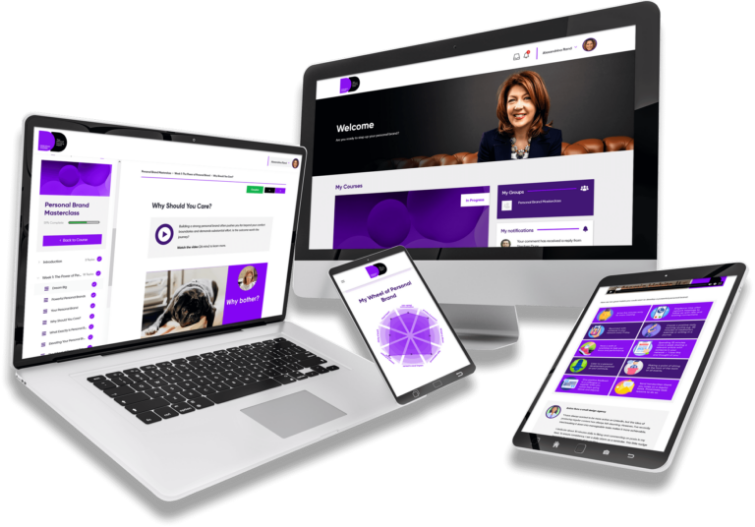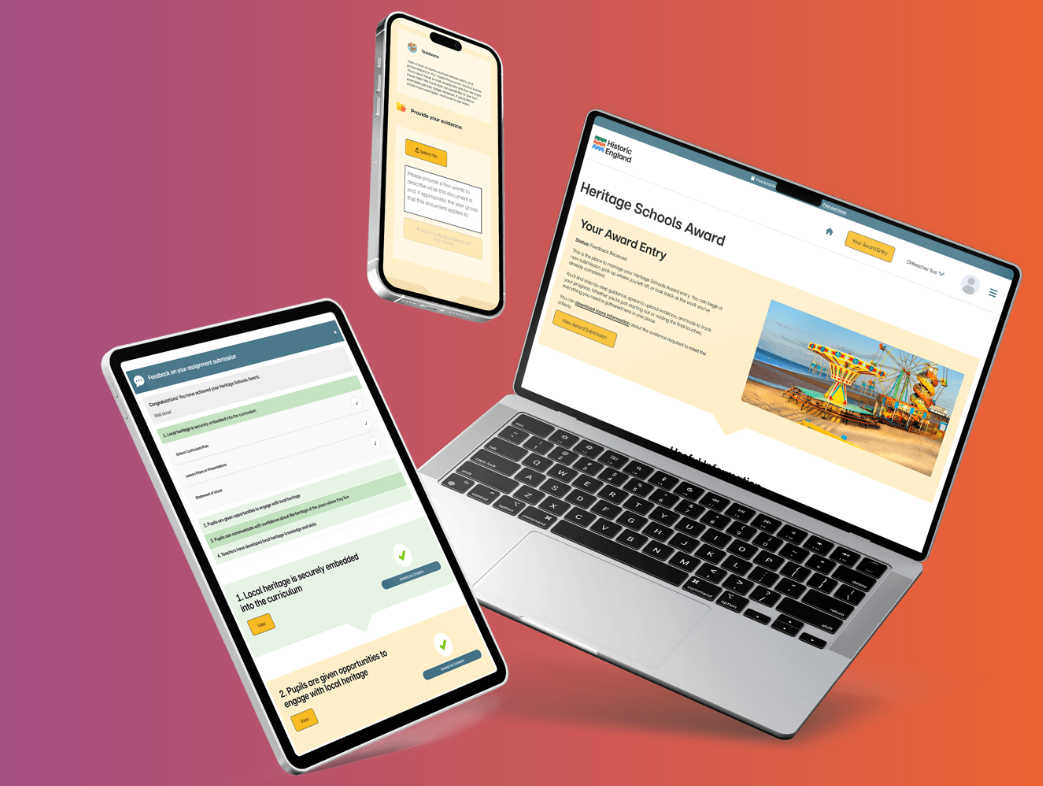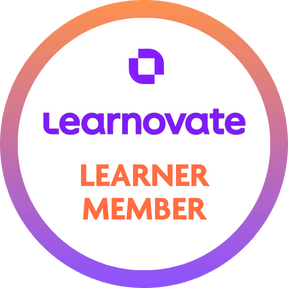Build What Matters: Why Relevance Is the Real Superpower

One of the books that has shaped our thinking – more than almost any other – is How People Learn by Nick Shackleton-Jones.
At the heart of his message is this:
Learning happens when people care.
Emotion, not information, is the engine of memory.
We’ve all had the misfortune to sit through various training programmes in our lifetimes, and the ones that stick out? The ones that we have an emotional response to. Either it’s just what we needed (just when we needed it) or they connected with us in some deeper, more personal way.
Whether we felt frustrated, relieved, amused, or inspired — the point is, we felt something. And that emotional jolt is what made it stick.
Shackleton-Jones argues that information is not retained unless it triggers an emotional response. This insight sits at the centre of his Affective Context Model (ACM), which reframes learning not as the transfer of knowledge, but as the creation of experiences that matter to the learner.
We see this play out every day at Candle Digital. We work with experts who’ve spent years mastering their craft. But the real challenge isn’t getting that expertise online, it’s making sure it connects with the person on the other side of the screen.
Because when it comes to learning, relevance is what makes the difference between a forgettable experience and a transformational one.

The Compliance Course You Actually Remember
As an example, let’s consider the contrast between two compliance courses.
One is a generic video about data protection, talking through the key principles and the latest government guidance. You sit through it, tick the box, and probably immediately forget it.
The other? A scenario-based course that opens with a story of a real data breach.
This could be an interview with a professional who was fined and publicly named, leading to reputational damage and stress.
The story is realistic, uncomfortable, and grounded in the learner’s world. It puts you in the shoes of the person who made the mistake, and asks what you would have done.
Which example are you most likely to remember and learn from?
People don’t learn because content is presented clearly. They learn because the experience is relevant, emotional and meaningful to them in that moment.
From Curriculum to Context
The Affective Context Model flips the traditional content-first approach on its head. Instead of starting with “what should we teach?“, it starts with “what’s the situation the learner is in?” and “what do they care about?” From there, you design learning experiences that align with real needs, real challenges, and real motivations.
If the learner doesn’t feel something — urgency, curiosity, anxiety, desire — then you’re designing for compliance, not for change.
A Quick Checklist
Ask yourself the following when designing your next learning offering:
- Are you designing based on what your learners are trying to achieve, or what you think they need to be taught?
- When your learners take your programme, do they feel anything? When was the last time you asked them this?
- Are your learning journeys shaped by the real context your learners are in, or is it based on an assumed vision of their world?
- Would anyone ever describe your programmes as useful, timely, frustrating, surprising, or memorable?
- Do your learners encounter scenarios, problems or situations they recognise from their real world?
- Could someone look at your programme and say, “This was made for me”?
If not, it might be time to shift from content delivery to context design and start building what really matters.
Pro tip: You can only answer these with confidence if you’ve taken the time to speak to your learners recently… (there’s a hint here!)
Fresh Insights Direct to Your Inbox
Enjoyed this article?
Join the Candle Digital Mailing List
You Have Proven Expertise.
Now Scale It.









